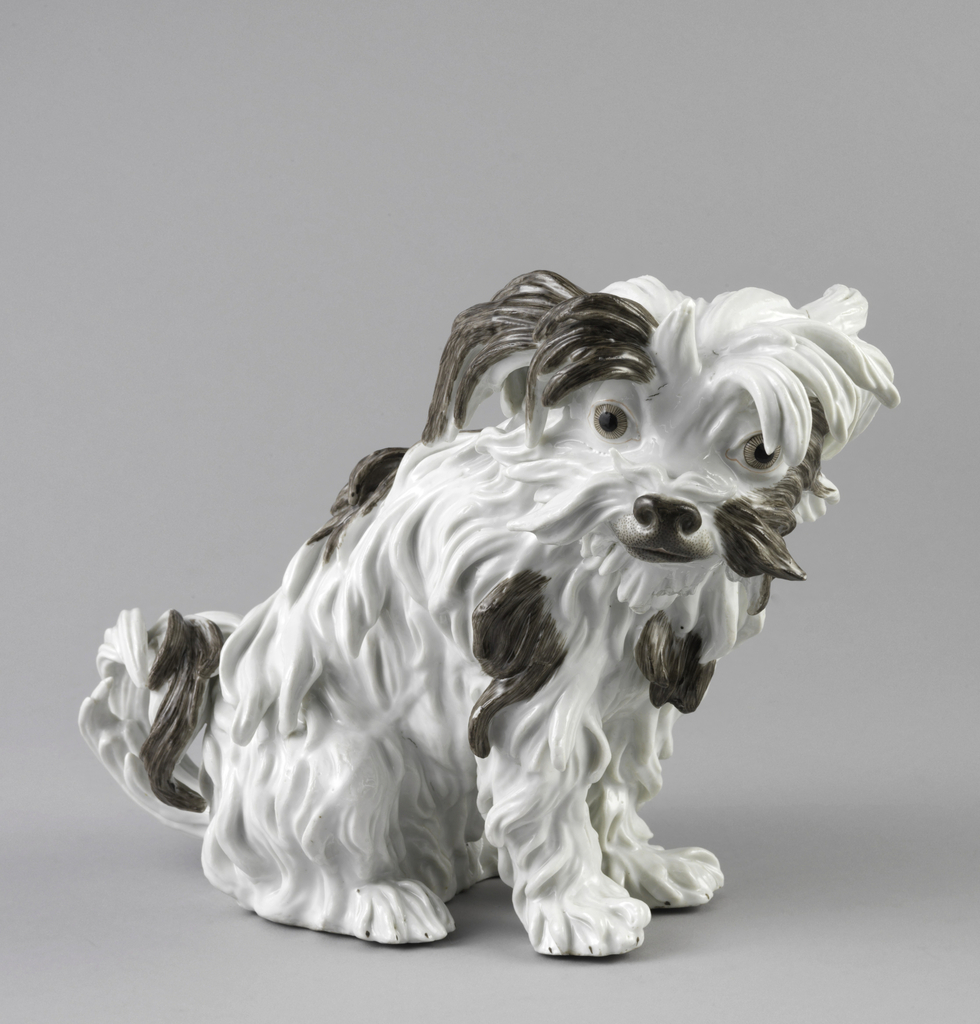When the Meissen porcelain manufactury began its operations in 1710, its focus was on producing fine dinner services and traditional functional decorative objects, such as vases. Meissen’s reputation and passion for the modeling of elaborate porcelain figures did not arise until two decades or so later, thanks to King Augustus of Saxony who, enthralled by the beauty of porcelain, was determined to create a “palace of porcelain”. He commissioned Meissen to produce a life-sized, porcelain menagerie that would inhabit a newly created wing of his Japanese Palace in Dresden. Given the magnitude of the commission, Meissen recruited Johann Joachim Kändler, a trained sculptor, to assist with the creation of models of the King’s animals. Kändler was enormously talented and, within a few years, was promoted to Modellmeister. He sculpted models, usually from clay, from which molds would be cast and porcelain reproductions made. During his 44 years of service at Meissen, Kändler created between 900 and 1000 models, ranging from court jesters to parrots, with Parisian cries and monkey music bands in between.
This Bolognese hound is believed to have been modelled by Kändler in or about 1770, and inspired by the canine companions of Madame de Pompadour. Kändler’s ability to convey the fluffy, almost feathery, texture of the dog’s white and brown coat, as well as his uncanny ability to communicate the dog’s playfulness, has made discerning collectors want to provide this delicate friend a forever home ever since.
Catherine Powell is a graduate student in the History of Design and Curatorial Studies program at the Cooper Hewitt, and is a Fellow in the Product Design and Decorative Arts Department.
